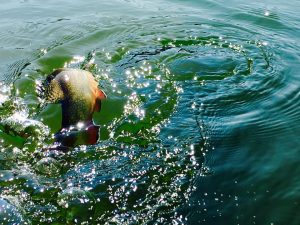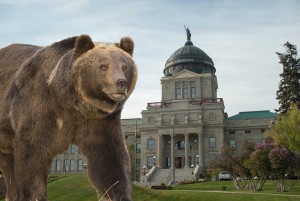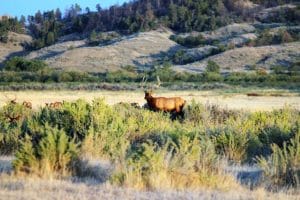
State managers are considering a proposal that would cap the number of guided fishing boats allowed on the Madison. The plan would be similar to limits on the Big Hole and Beaverhead rivers that were instituted over a decade ago to address social issues related to crowded use on certain days.
The move is expected to be controversial, with some outfitters and guides objecting to limits on the use of the Madison.
The Commission will also consider final approval of an updated plan to manage Chronic Wasting Disease (CWD). The fatal neurological disease was first detected in Montana last fall in Carbon and Liberty counties, and FWP biologists responded quickly with special hunts to better assess the disease.
Several land deals are also on the agenda, including a trade with the Cross Canyon Ranch of land in the Spotted Dog Wildlife Management Area near Avon, a 160 acre parcel to buy in the Dome Mountain WMA in the Paradise Valley, the Birdtail Conservation Easement near Cascade, and in addition to the Garrity Mountain WMA west of Anaconda.
There are also a couple new fishing access sites on the agenda, including the Selway Bridge in Dillon and the Little Muddy Creek on the Missouri River just downstream from Cascade.
Commissioners will also consider management actions on FWP lands, including grazing leases for the Beartooth and Aunt Molly WMAs.
The public can comment on agenda items, and can also comment at any of the seven regional headquarters via video. Audio of the meeting is available on the FWP website by going to www.fwp.mt.gov.
The Montana Wildlife Federation will attend the Commission meeting to represent the interest of hunters, anglers and wildlife enthusiasts.
The meeting begins at 8:30 am, Thursday, April 19 at 1420 East Sixth Ave., in Helena at the Montana FWP headquarters.
Nick Gevock is the conservation director for the Montana Wildlife Federation.





